February
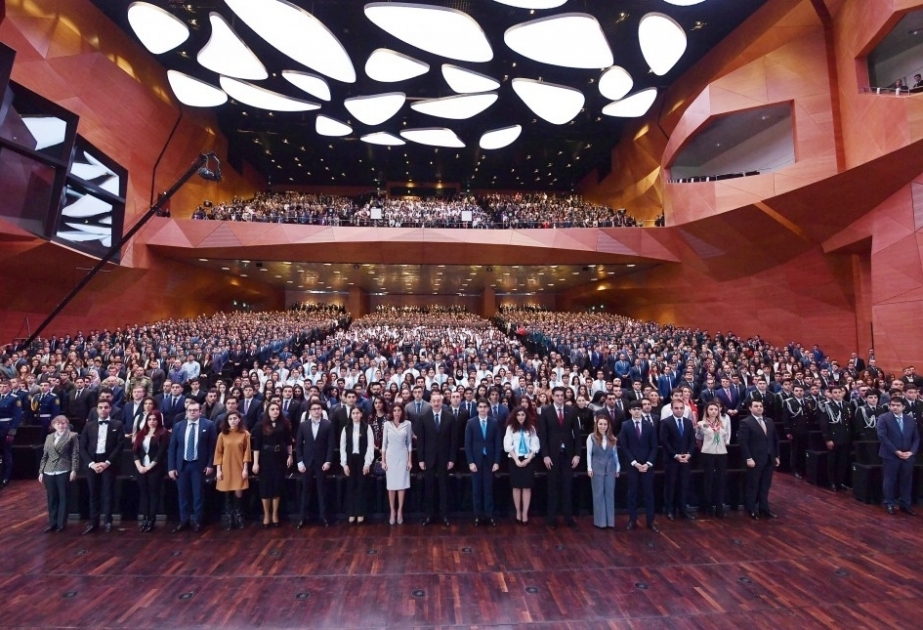
Azerbaijan National Youth Day
This significant historical day is associated with the name of the national leader Heydar Aliyev, who always treated the youth with great care, paid attention to solving all the pressing problems of youth, and attached particular importance to the policy pursued in this direction, as one of the most important factors in the activity of the independent Azerbaijani state. According to the Decree signed by the national leader on February 2, 1997, this day was declared the Day of Azerbaijani Youth.
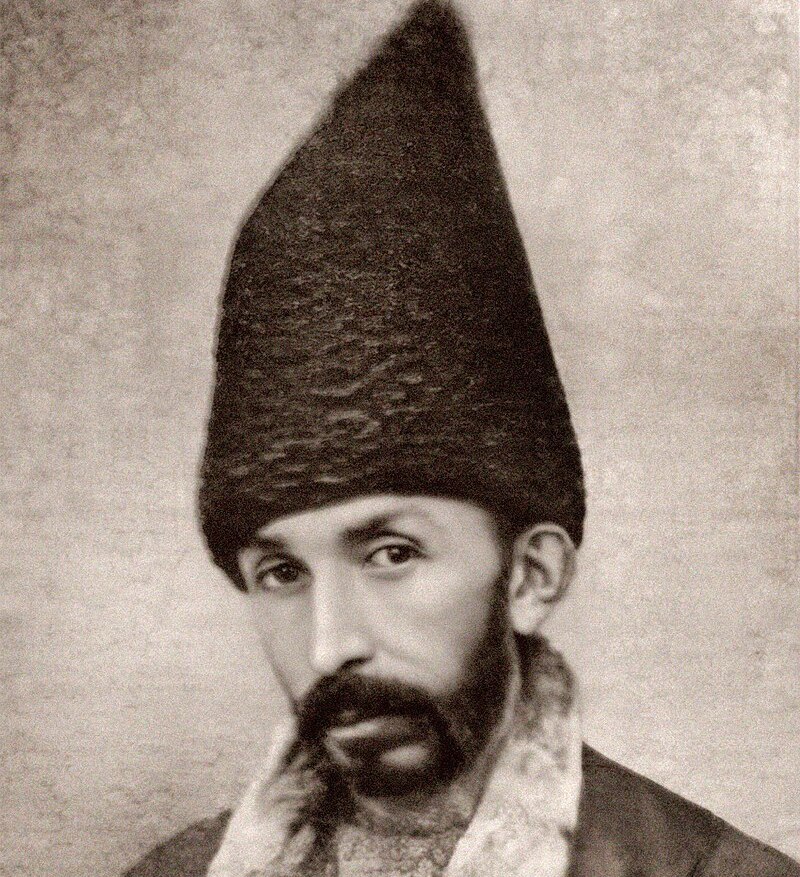
A prominent poet, calligrapher, artist, musicologist and astronomer Mir Mohsun Navvab
Artist, astronomer, literary critic, painter, historian, calligrapher and musicologist Mir Mohsun Navvab was born in 1833 in Shusha. He was born in the family of Haji Seyid Ahmad and never left his hometown. Having received his primary education at a theological school, Navvab learned Arabic, Persian and Turkish languages well, and then mastered the basics of astronomy, chemistry, mathematics and other sciences at the Abbas Sarijali Madrasa. Mir Mohsun Navvab is first known as a musicologist, the author of the treatise "Vuzuhul-arqam" ("Explanation of numbers") written in the Azerbaijani language. Mir Mohsun Navvab died in 1918 in the city of Shusha.
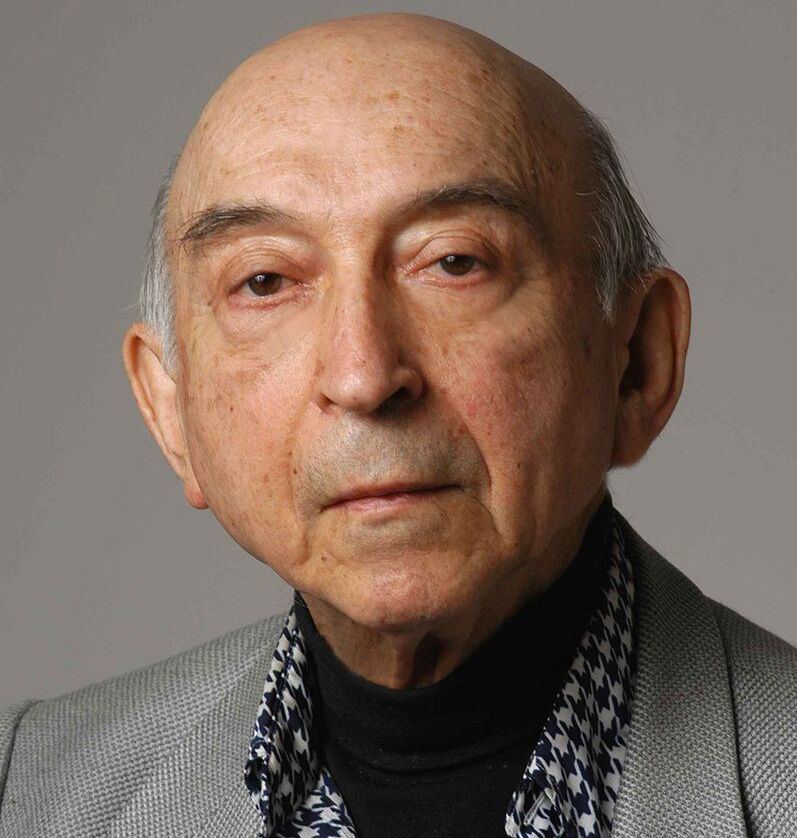
A prominent Azerbaijani scientist, author of the theory of fuzzy logic Lotfi Zadeh
Lotfi Zadeh was born on February 4, 1921 in Baku, Azerbaijan, as Lotfi Aliaskerzadeh. In 1931, when Zadeh was ten years old, his family moved to Tehran in Iran, his father’s homeland. In 1942 he graduated from the Electrical Engineering Tehran University in Iran. In 1943, Zadeh decided to immigrate to the United States. He arrived in mid-1944 and enrolled at the Massachusetts Institute of Technology (MIT) and in the same year in graduate school. While in the United States, he changed his name to Lotfi Asker Zadeh. He received an MS (Master of Science) degree in electrical engineering from MIT (Massachusetts Institute of Technology) in 1946, and then applied to Columbia University.
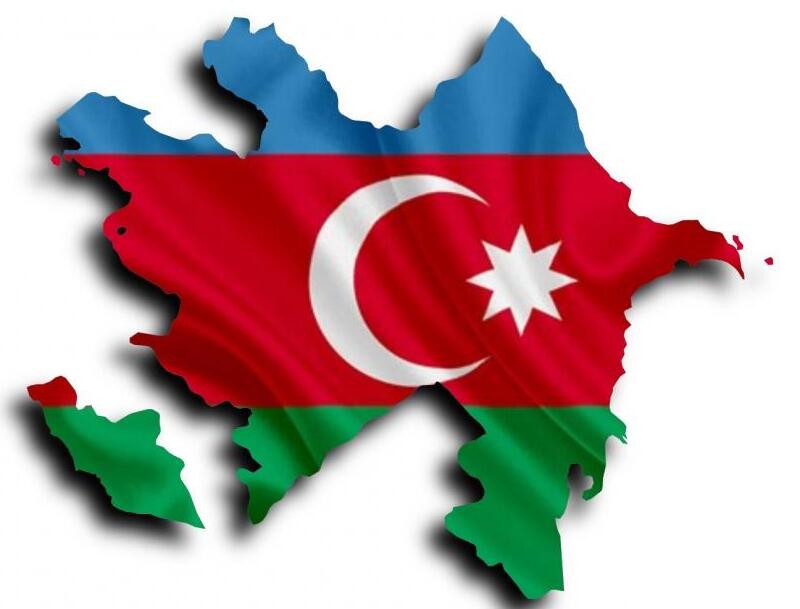
Approval by Parliament of the name “Republic of Azerbaijan” and the tricolour flag
Although the struggle for state independence in Azerbaijan began with a popular movement in 1988, the decisive processes in this direction took a new turn with the return of National Leader Heydar Aliyev to Azerbaijan. Since then, the process of national revival became a leading force in the entire political environment of Azerbaijan and was accompanied by decisive steps towards the restoration of national statehood.
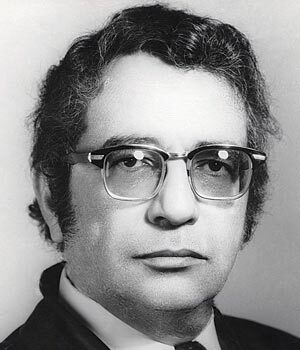
Eminent composer Gara Garayev
Gara Abulfas oglu Garayev – a composer, teacher and public figure, professor, Hero of Socialist Labor, People’s Artist of the USSR, laureate of the Lenin Prize, and State Prize of the Azerbaijan SSR - was born on February 5, 1918 in Baku. After graduating from the elementary music school, he studied piano at the workers’ faculty of the Baku Conservatory, from 1935 at the same conservatory, he studied on classes of composition under L. M. Rudolph. In 1946 he graduated from the Moscow Conservatory. Since 1946, Gara Garayev has been taught at the Baku Conservatory. Gara Garayev died on May 13, 1982 in Moscow. He was buried in Baku on the I Alley of Honor.

Azerbaijan’s first telecommunications satellite launched into orbit
Azerbaijan’s first telecommunications satellite Azerspace-1 was launched on February 8, 2013 (at 01:36am Baku time) from the Kourou cosmodrome in French Guiana. The satellite with Azerbaijan’s tricoloured flag on was launched into orbit using the Ariane 5 launch vehicle of the French company Arianspace. The Azerspace-1 the satellite has successfully separated from the rocket 33 minutes after takeoff from the launch site. The first Azerbaijani satellite reached the designated orbit in 34 minutes and 56 seconds after launch.
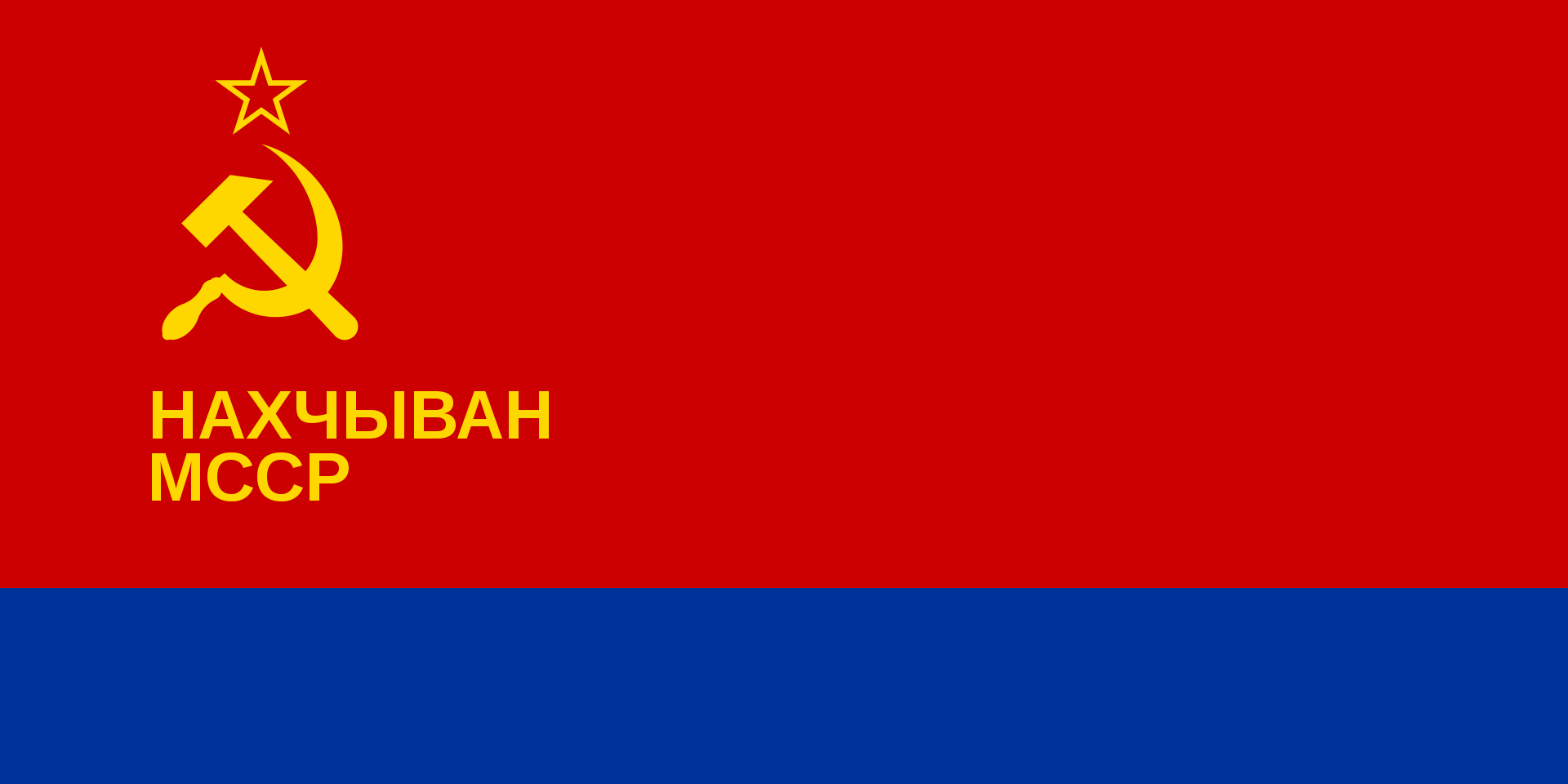
Establishment of the Nakhchivan Autonomous Soviet Socialist Republic
The units of the 11th Army of Bolshevik Russia (Ist Cavalry Regiment of the 28th Rifle Division), which completed the occupation of Azerbaijan in April-May 1920, entered Nakhchivan on July 28, moving through Gorus and Shahbuz, and the Soviet power was established here on the same day.
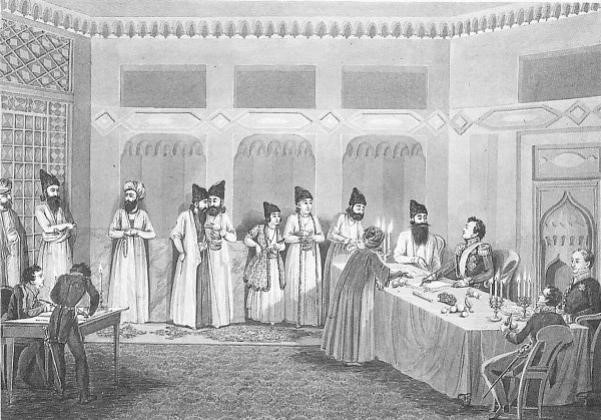
Treaty of Turkmenchay
Under the Treaty of Turkmenchay the population was allowed to move from South Azerbaijan to the South Caucasus and vice versa. As a result, many Armenian families migrated to the Karabakh and Iravan khanates. Both during the Russian-Kajar wars in 1804-1813 and 1826-1828, and later as a result of mass resettlement of Armenians from South Azerbaijan to South Caucasus, including to Karabakh, their number increased year by year. Only during the Russian-Kajar war in 1826-1828, 18 thousand Armenian families were resettled from the southern territories of Azerbaijan to the South Caucasus, including Karabakh.

The tragedy of Malibeyli
The villages of Malibeyli, Ashaghi and Yukhari Guschular, which are among the largest settlements of Karabakh, are located in Shusha district, in the foothills of the Karabakh mountain range.At the end of October and during November 1991, more than 30 villages inhabited by Azerbaijanis in the mountainous part of Karabakh were burned, destroyed and plundered by the armed forces of Armenia.
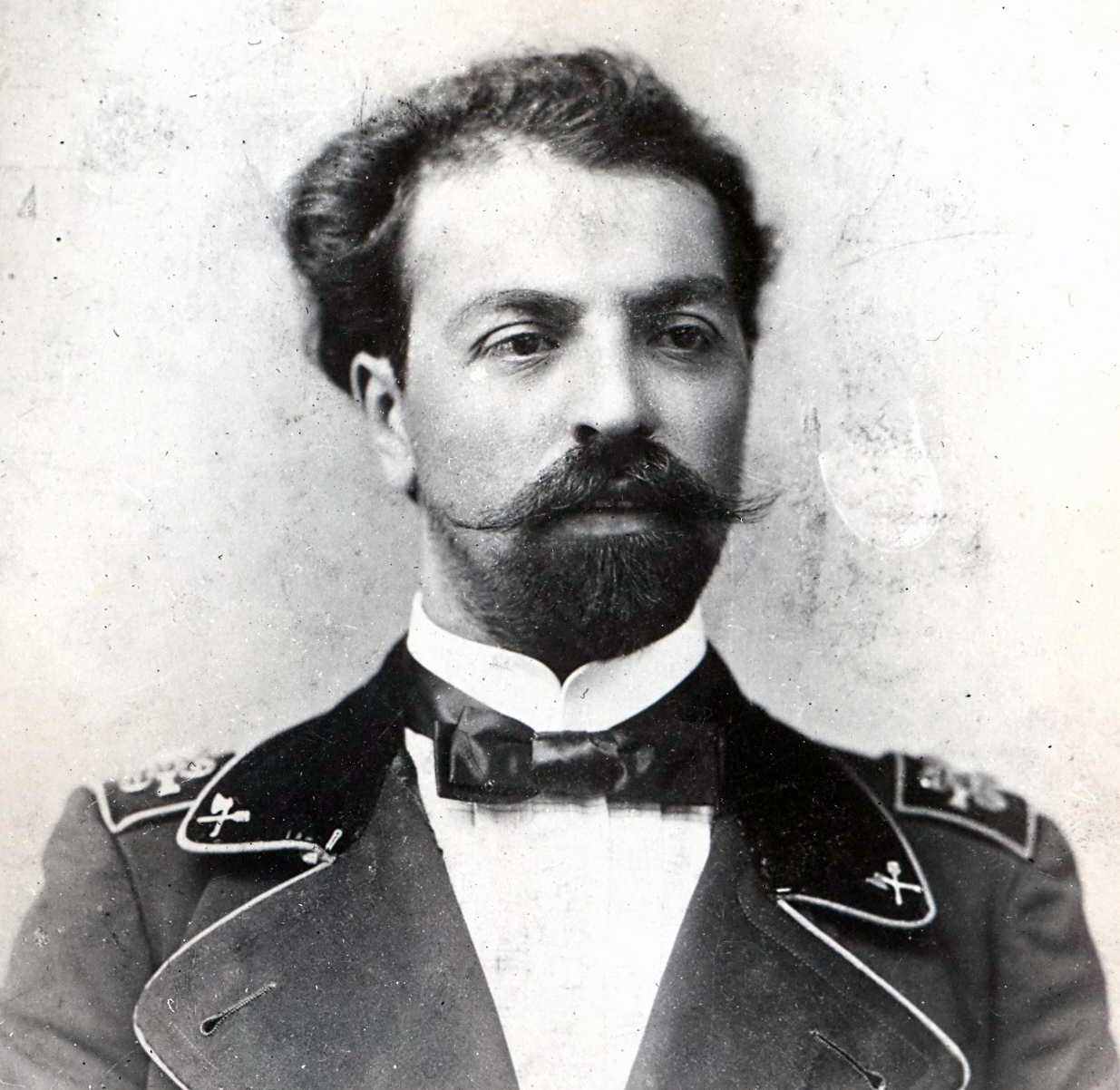
A prominent architect Zivar bey Ahmedbeyov
Zivar bay Garay bay oghlu Ahmadbayov was the first Azerbaijani architect with higher education. After the establishment of the Azerbaijan Democratic Republic, Z.Ahmadbayov became the chief architect of Baku and held this post until 1922. Zivar bay Ahmadbayov was born on February 16, 1873 in Shamakhi, where he later received his secondary education. In 1902, Zivar bay Ahmadbayov graduated from Saint-Petersburg State University of Architecture and Civil Engineering. From this year to 1917, Z.Ahmadbayov worked as an architect in Baku Governorate, then in Baku City Council. He was appointed the chief architect of Shamakhi in 1907.
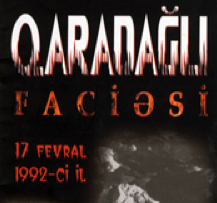
The tragedy of Garadaghli
Garadaghli heroically fighting against Armenian occupiers for 4 years was occupied and burned on February 17, 1992. During the occupation, 118 people were captured, 33 were shot. Totally 68 people among captives and hostages were killed, 50 were hardly released. As a result of genocide committed by Armenians at a state level, 4 members of each of two families were murdered, 43 families lost the family heads, and 146 children were orphaned. 10 of people murdered in attacks on Garadaghli by Armenian armed forces were women, 8 were school children. 91 people from Garadaghli, i.e. one in every 10 villagers were killed.
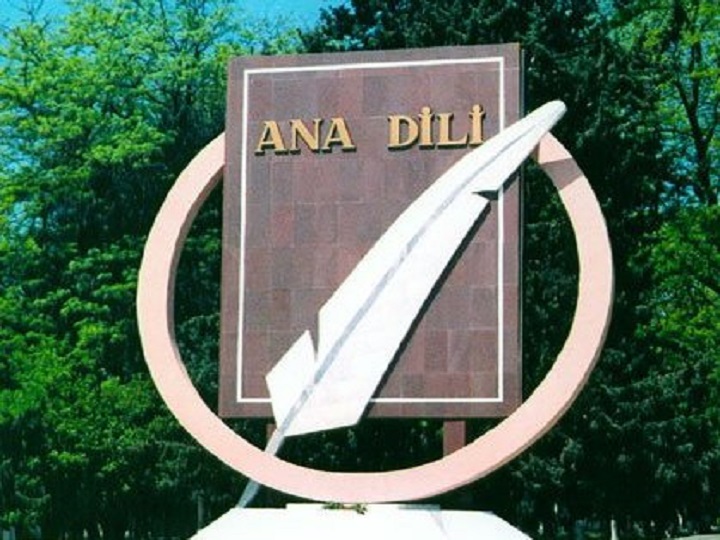
International Mother Language Day
International Mother Language Day is a worldwide annual observance held on 21 February to promote awareness of linguistic and cultural diversity and to promote multilingualism. The idea to celebrate International Mother Language Day was the initiative of Bangladesh. It was approved at the 1999 UNESCO General Conference and has been observed throughout the world since 2000. In November 1999, the 30th session of UNESCO General Conference declared 21 February as International Mother Language Day and recommended that member countries hold activities in schools and universities on that day to commemorate mother tongue.
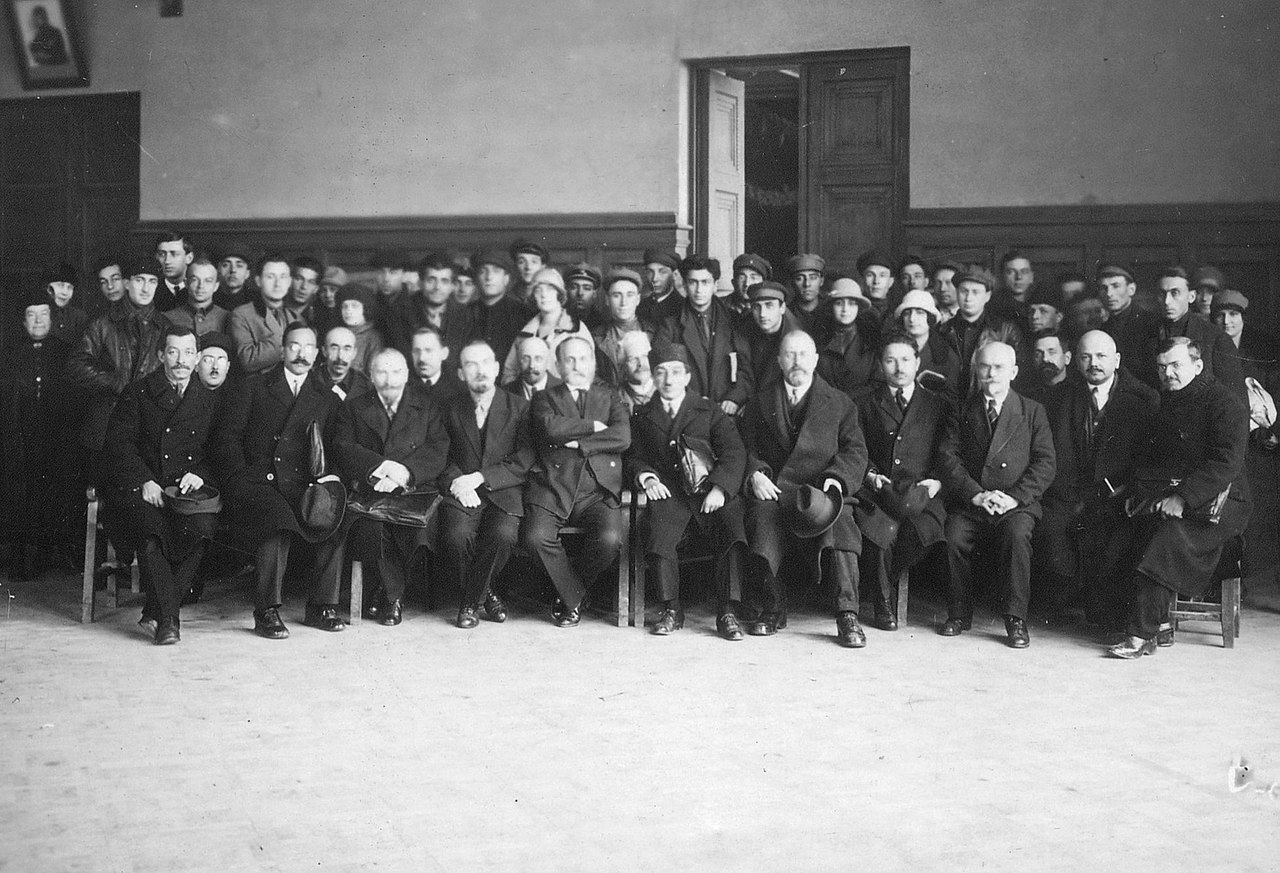
First Turkological Congress
The First Turkological Congress held at the Ismailiyya Palace in the capital of Azerbaijan, Baku, from 26 February to 6 March 1926, is one of the most significant events that marked the beginning of a new stage of cultural integration of the Turkic peoples, including the people of Azerbaijan. The congress was attended by 131 representatives and had 17 meetings. 38 reports on a total of 14 issues related to the history, language, alphabet, ethnogenesis, ethnography, literature, culture and other topics of Turks and the Turkic World in general were heard, discussed and many resolutions were adopted at the congress.
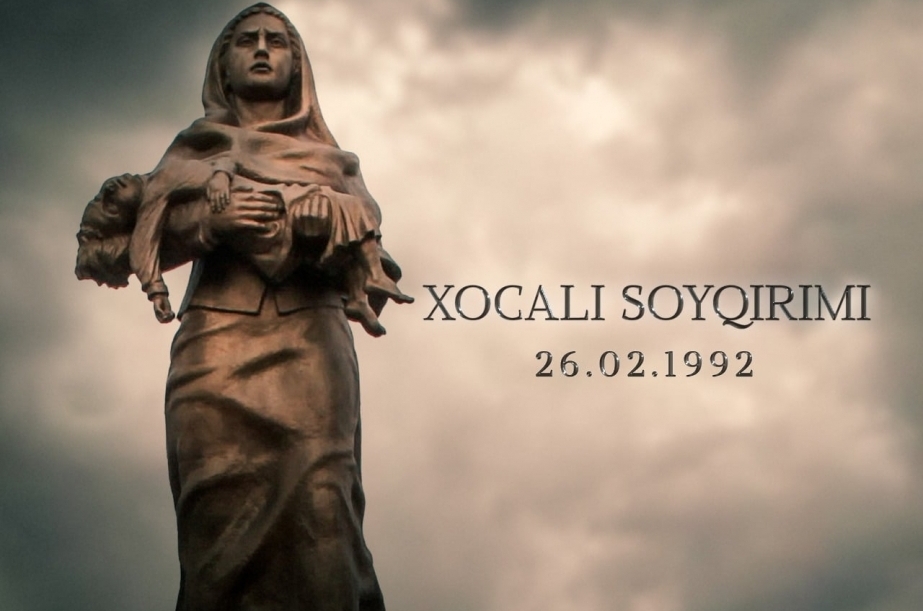
Khojaly Genocide
As a result of the Khojaly genocide, 5379 residents of the city were forcibly expelled, 1275 people were captured and taken hostage (the fate of 150 of them, including 68 women and 26 children, is unknown to this day), 487 people suffered various degrees of physical injuries, 8 families were completely annihilated, 27 families had only one surviving member, 130 children lost one parent, 25 children lost both parents, 613 people, including 63 children, 106 women and 70 elderly died under torture. 56 people were killed with extreme cruelty and without mercy.
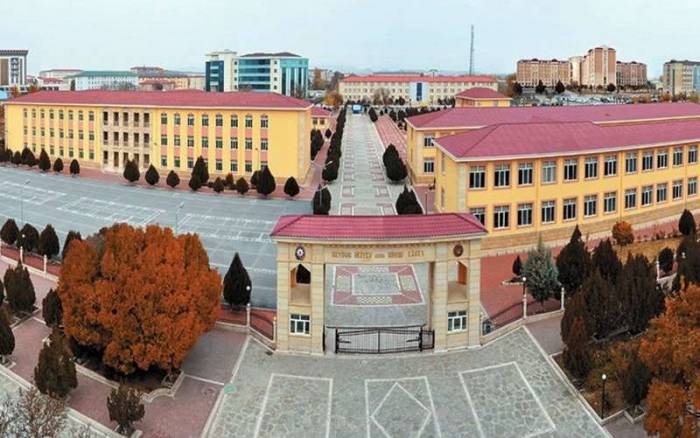
Heydar Aliyev Military Lyceum
Units of the National Army were first formed in Nakhchivan during Heydar Aliyev’s tenure as Chairman of the Supreme Assembly of the Nakhchivan Autonomous Republic. Shortly after Heydar Aliyev’s return to power in our country for the second time, there were taken more extensive measures to build the national army, which led to the formation of the Armed Forces of the Republic of Azerbaijan. Nakhchivan branch of Military Lyceum named after Jamshid Nakhchivanski was established by order of March 13, 1998 of National Leader Heydar Aliyev.

Azerbaijan State Book Chamber
The idea of establishing the Azerbaijan State Book Chamber emerged in 1924. In that year, the issues related to the creation of book chambers, the acquisition and distribution of mandatory copies, the publication of yearbooks, and the matters concerning a unified format for book statistics in the union republics were discussed at the meeting where the representatives of the Azerbaijan People's Education Commissariat (M. I. Salimov) participated alongside with the book chambers of the RSFSR, Ukraine, and Belarus. This significantly accelerated the establishment of the Book Chamber in Azerbaijan.
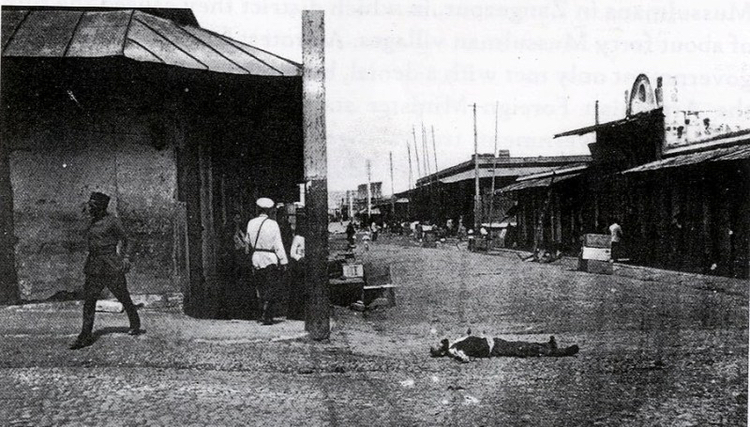
The 1905 Baku massacres
In 1905, Armenians perpetrated massacres in different parts of Transcaucasia, icluding Baku. Confrontations that were taking place in Russia itself and the strengthening of waves of dissatisfaction against the empire in Russia opened the way for the massacres. “Dashnaksutyun” and “Hunchak” political organizations had taken the responsibility of the leadership in Baku. The Armenian Churches, including Armenian Saint Gregory the Illuminator Church in the center of Baku, were skillfully playing the role of the sources of financial and spiritual nourishment for Armenian chauvinism and Armenian nationalist parties at the beginning of 20th century.
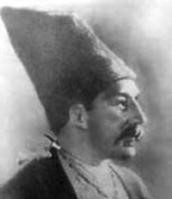
Opening of the first district school in Ganja
Until the 30s of the 19th century, there were no other public educational institutions in Azerbaijan, except for private privileged schools. In 1827, Basel missionaries opened a school in Shusha, where the German language was predominantly taught. In the 19th century, according to the "Gulistan" (1813) and "Turkmenchay" (1828) treaties, Azerbaijan was divided into two parts: Northern and Western Azerbaijan became part of Russia, and Southern Azerbaijan became part of Iran. The policy of Russification of tsarism in Azerbaijan has been particularly pronounced in the field of education.

Abolition of the death penalty in Azerbaijan
The collapse of the Soviet state, as part of the global political processes taking place in the world at the end of the twentieth century, allowed Azerbaijan to declare its independence, pursue an independent policy and join the world community as an equal member. Heydar Aliyev, who returned to power at the insistence of the people, set himself the goal of creating a perfect, democratic society. The main criteria were protection of honour and dignity of citizens of Azerbaijan, development of democratic principles, improvement of living standards of population. The great leader took wise steps in this field. The path started soon brought our country closer to the international community.

International Organization for Standardization (ISO)
ISO (International Organization for Standardization) is a worldwide federation of national standards bodies which was created in 1926 with the aim of establishing more effective intergovernmental relations in technical fields. In 1942, in connection with the Second World War, the Organization ceased its activities for a while, and in 1946 it was established again. Officially ISO began its activities on 13 February 1947 as the International Standard Organization. The International Organization for Standardization (ISO) is an international standard development organization composed of representatives from the national standards organizations of member countries.
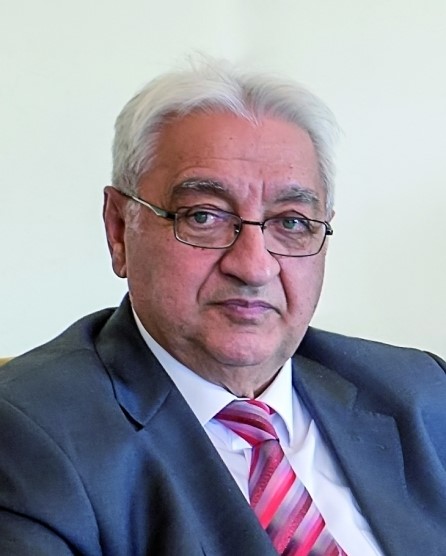
Academician Arif Pashayev
Arif Mir Jalal oglu Pashayev was born on February 15, 1934 in the city of Baku in the family of Mir Jalal, the outstanding Azerbaijani writer and scientist. In 1957 he graduated from the Odessa Electrotechnical Institute of Communications (now Odessa National Academy of Telecommunications named after A.S. Popov), majoring in “Radio Communications and Broadcasting”. A. M. Pashayev began his scientific activity in 1959 at the Institute of Physics of the Azerbaijan National Academy of Science. In 1960 in Moscow, he entered in graduate school at one of the leading scientific centers of the former Soviet Union, The State Research and Design Institute of the Rare Metal Industry (JSC Giredmet).
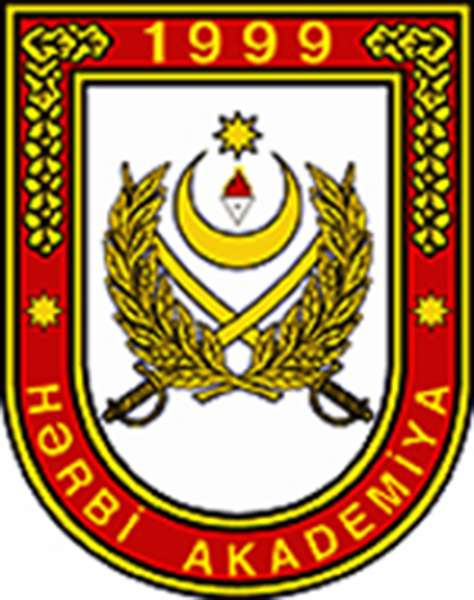
Military Academy of the Armed Forces of the Republic of Azerbaijan
Establishing strong and modern Armed Forces which is one of the attributes of an independent state, places exceptional importance on the military science and education system. Military science and education play a crucial role not only in ensuring the security and defense of the Republic of Azerbaijan but also in providing a systematic acquisition of knowledge, skills, and qualifications through continuous training and education processes at various stages. The military education system, which prepares professional personnel, has an exceptional role in creating a powerful army that aligns with the innovations of modern technology.
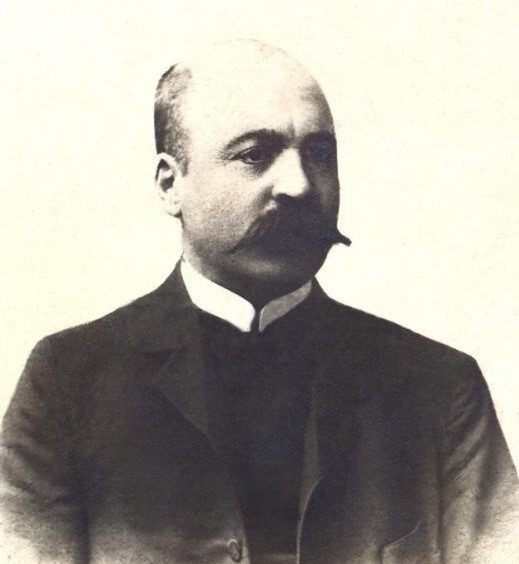
Prominent writer and public figure Jalil Mammadguluzade
Jalil Mammadgulu oghlu Mammadguluzadeh was born on 22 February 1869 in Nakhchivan. He received his first education in a Mollakhana (ecclesiastical school) and then in a three-year Nakhchivan city school. In 1887 he graduated from the Transcaucasian Teachers Seminary (Gori Pedagogical Seminary), and in 1887-1897 he worked as a teacher in the villages of Ulukhanli in Iravan province, Bash-Norashen (now Jalilkend in Sharur district) and Nehram in Nakhchivan district. In 1889 he wrote his first work allegorical play “Tea Party”. During this period, he also wrote a number of short stories, the play “Raisins game” and the story “Stories of Danabash village”.
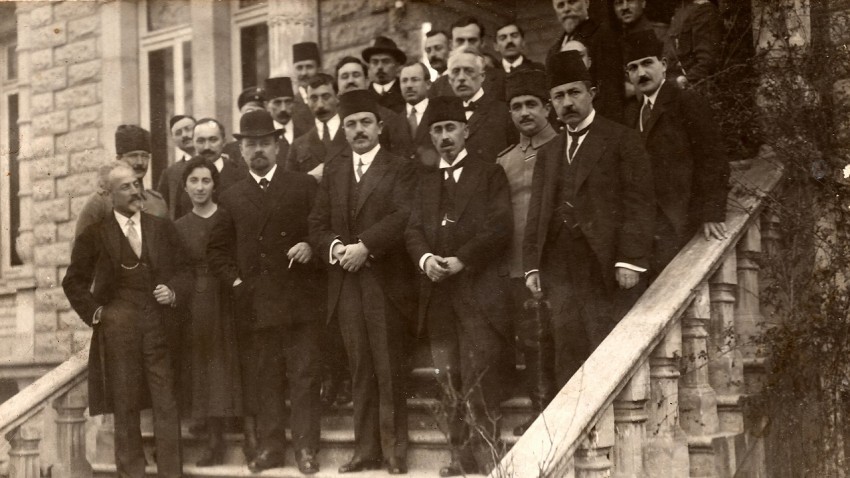
Transcaucasian Seim
At the beginning of 1918, the situation in the South Caucasus was extremely difficult. After the peace talks between Russia and Germany in Brest-Litovsk failed, the German-Turkish troops began their offensive. The Transcaucasian Commissariat, in its turn, observing the advance of the Turkish troops, sent a telegram to the commander of the Caucasian Front Vakhib Pasha on 6 February 1918, expressing its willingness to begin peace talks with Turkey. However, the Transcaucasian Commissariat, which lacked real influence and sufficient power in the region, was soon forced to resign.
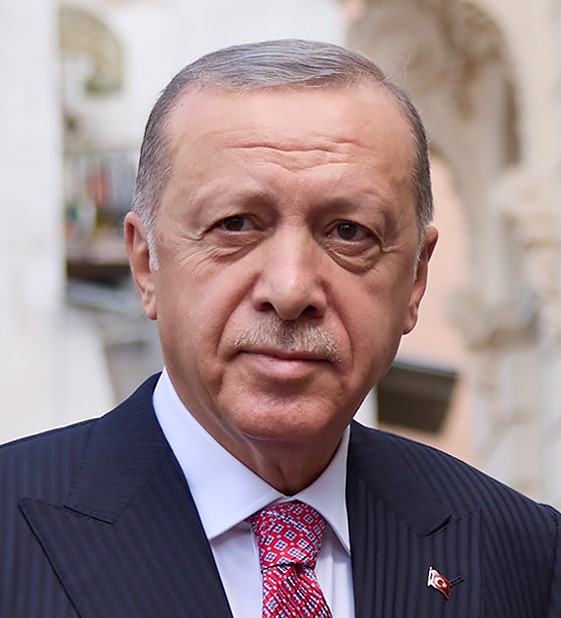
President of the Republic of Türkiye Recep Tayyip Erdogan
With roots in Rize, Recep Tayyip Erdoğan was born in Istanbul on February 26, 1954. He graduated from Kasımpaşa Piyale Primary School in 1965 and completed his high school education at Istanbul Imam Hatip School (Religious Vocational High School) in 1973. Having succeeded in the necessary examinations for additional courses, Mr. Erdoğan received a diploma from Eyüp High School as well. He received his graduation diploma from Marmara University’s Faculty of Economics and Administrative Sciences in 1981. Since his youth, Mr. Erdoğan has chosen to lead a social life intertwined with politics.

First edition of the Oxford Dictionary
The history of the origin and development of language is studied by a significant branch of linguistics, such as lexicography. Dictionaries allow us to study the ancient linguistic history of nations. Therefore, lexicography is considered one of the most important branches of linguistics. The oldest known dictionary is a set of cuneiform tablets containing bilingual Sumerian-Akkadian word lists dating back to approximately 2300 BC, discovered in the ruins of the ancient city-state of Ebla in modern-day Syria (70 km south of Aleppo, in the present-day Tell-Mardih region). Many sources cite the Chinese dictionary Erya from the 3rd century BC as the first explanatory dictionary.

Publicist, literary critic and public figure Jeyhun Hajibeyli
Hajibeyli Jeykhun Abdoul-Huseyn oglu was the Azerbaijani publicist and the public figure. He was the younger brother of the outstanding Azerbaijani composer Uzeir Hajibeyli. Hajibeyli Jeykhun was born in the town of Shusha in 1891. Having finished the Russian-Tatar school in Shusha, he continued his study in Baku. With the assistance of the Maecenas Murtuza Mukhtarov Hajibeyli was sent to study law at the Petersburg University. Later, he left Petersburg for France, to enter the Sorbonn University in Paris. Since the beginning of the XX century Hajibeyli cooperates with the Baku press very actively.

National Hero of Azerbaijan Mubariz Ibrahimov
Mubariz Aghakerim oghlu Ibrahimov was born on February 7, 1988, in Aliabad, Bilasuvar District. In 2005, he successfully graduated from Aliabad Village Secondary School named after martyr Malik Piriyev, and was called up for active military service by the Bilasuvar District Military Commissariat in March 2006. Mubariz Ibrahimov, who began his military service as a rifleman in the Internal Troops, was released from active military service on November 20, 2007. On September 18, 2009, he voluntarily re-enlisted in active military service. He completed the warrant officer training course at the Armed Forces Training and Education Center.

Songwriter, poet and playwright Islam Safarli
Islam Ahmad oghlu Safarli was born on February 12, 1923, in the village of Shakarabad, Babek district, Nakhchivan ASSR. From 1930 to 1937, he attended a seven-year school in Shakarabad village, and from 1938 to 1941, he continued his education at Nakhchivan City Secondary School No. 1. When the Great Patriotic War began in 1941, he volunteered to go to the front. He was a scout in the 416th Azerbaijani Taganrog Division. In 1945, an order was issued for his discharge from the army. From 1945 to 1946, he was a copyreader at the “Şərq qapısı” newspaper, an employee of the Nakhchivan Radio Committee, and a special correspondent for the "Azərbaycan gəncləri" newspaper.

Creation Day of the Azerbaijan Television
Despite the hegemony of such huge systems as the Internet and satellite communication networks in the global information space of the world, radio and television broadcasting retains its leading position in providing the most effective information to billions of people living in different corners of our planet regardless of their age, religion, ethnicity and profession. Our television and radio play an important role in recognising the independent Republic of Azerbaijan throughout the world, in disseminating the realities of Azerbaijan, and in promoting the achievements of our independent state in building a democratic society.

People's Poet Nariman Hasanzadeh
Nariman Alimammad oghlu Hasanzadeh was born on February 18, 1931, in Poylu, Gazakh District (present-day Aghstafa District). Young Nariman, who lost his father at age one and his mother at 23, received his primary and secondary education in his region and graduated from the philology faculty of the current Ganja State University in 1949-53. He served in the army from 1954 to 1956. In 1961, he graduated from the Maxim Gorky Literature Institute in Moscow, obtaining his second higher education, and also studied at the two-year Higher Literature Courses in Moscow.

Mahammad Hadi - outstanding representative of romanticism in Azerbaijani literature
One of the most prominent representatives of the Romantic movement, Mahammad Hadi, who had a multifaceted creative activity, was born on February 19, 1879, in the city of Shamakhi, into a merchant family. The poet, whose real name was Agha-Mahammad grew up without parents. In his youth, he chose the pseudonym Hadi (translated from Arabic as "one who shows the right path"). He was later raised by his paternal grandmother Teyyiba Khanum. After the death of his grandmother, Mahammad Hadi lived under the care of his close relative, Mustafa Lutfi. Mustafa Lutfi Bey was a well-known intellectual from Shamakhi and the editor of the “Bürhani-tərəqqi” newspaper published in Astrakhan.

Academician Feyzullah Gasimzadeh
Gasimzade Feyzulla Samad oglu was born on February 22, 1898 in Mardakan, Baku. The scientist received an education at the Azerbaijan Pedagogical Institute (1923-1925), then graduated from the Faculty of Oriental Studies at Azerbaijan State University (1926-1929), after which he became a graduate student at the Azerbaijan State Scientific Research Institute (1929-1931). He defended his PhD in Philology (1939), Doctoral thesis (1955) and then received the academic title of Professor (1957). In 1962, F.Gasimzade was elected as a corresponding member and in 1967 – as an active member of ANAS.

Abdulla Shaig - founder of Azerbaijani children's literature
Abdullah Akhund Mustafa oglu Talybzade - Abdullah Shaig was born on February 24, 1881 in Shaitanbazar district of Tbilisi. At the time of his birth, his parents - Akhund Mustafa and Mehri khanum moved to Tbilisi and had already lived there for several years. Abdullah was the second child in the family after his older brother Yusif. His twin sister died soon after his birth. Abdullah, who later became famous as Abdullah Shaig and had a great influence on the development of Azerbaijani social and cultural thought and literature, spent his childhood and youth in a cultural environment, surrounded by intellectuals with advanced ideas and deep knowledge.

Rustam Mustafayev, one of the creators of realistic theatrical and decorative art in Azerbaijan
Rustam Mammad oghlu Mustafayev was born on February 25, 1910. He graduated from the Baku Higher Art School in 1926. In 1928, after some internship in Moscow, he returned to Baku. He worked as a theatre designer at the Baku Free Criticism and Propaganda Theater, the Azerbaijan State Academic Drama Theater, and other theaters. He not only provided illustrations and theatricals for performances but also closely assisted directors and authors by actively participating in stage setups. Rustam Mustafayev became known as one of the creators of realist scenography in the cultural history of Azerbaijan.

Academician Ibrahim Ibrahimov
Ibrahimov Ibrahim was born on February 28, 1912 in Kargabazar village, Fizuli region. In 1935 he graduated from the Azerbaijan Pedagogical Institute. In 1939 he received the degree of PhD in Physics and Mathematics and in 1947 - Doctor of Physics and Mathematics. I.Ibrahimov created a school of the theory of functions in Azerbaijan. Investigated a system of successive derivatives of analytic functions and the integrity of some systems of functions constructed by analytic functions, obtained important scientific results. Laid the foundation for a number of studies in the field of the constructive theory of functions of a complex and real variable.